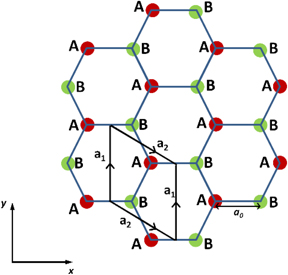
Frontiers of graphene-based Hall-effect sensors
Authors: David Collomb, Penglei Li and Simon J. Bending
J. Phys.: Condens. Matter 33 243002
Abstract: Hall sensors have become one of the most used magnetic sensors in recent decades, performing the vital function of providing a magnetic sense that is naturally absent in humans. Various electronic applications have evolved from circuit-integrated Hall sensors due to their low cost, simple linear magnetic field response, ability to operate in a large magnetic field range, high magnetic sensitivity and low electronic noise, in addition to many other advantages. Recent developments in the fabrication and performance of graphene Hall devices promise to open up the realm of Hall sensor applications by not only widening the horizon of current uses through performance improvements, but also driving Hall sensor electronics into entirely new areas. In this review paper we describe the evolution from the traditional selection of Hall device materials to graphene Hall devices, and explore the various applications enabled by them. This includes a summary of the selection of materials and architectures for contemporary micro-to nanoscale Hall sensors. We then turn our attention to introducing graphene and its remarkable physical properties and explore how this impacts the magnetic sensitivity and electronic noise of graphene-based Hall sensors. We summarise the current state-of-the art of research into graphene Hall probes, demonstrating their record-breaking performance. Building on this, we explore the various new application areas graphene Hall sensors are pioneering such as magnetic imaging and non-destructive testing. Finally, we look at recent encouraging results showing that graphene Hall sensors have plenty of room to improve, before then discussing future prospects for industry-level scalable fabrication.
